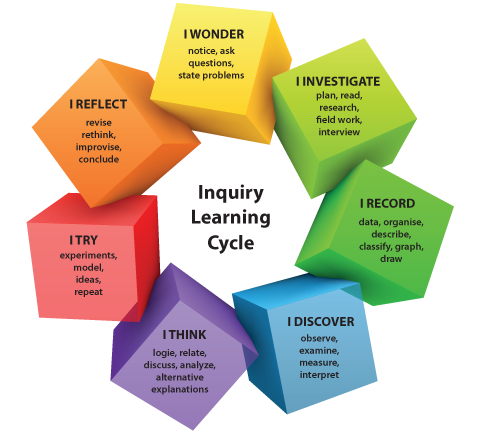Upcoming Topics | Elementary Science Unit: Structures and Functions of Living Things | Elementary Social Studies/Writing Unit: Native American Research Report and Presentation | Elementary Science Topic: Pitch and Volume (part of Waves Unit) |
Learning Goals | NGSS 4-LS1: Construct an argument that plants and animals have internal and external structures that function to support survival, growth, behavior, and reproduction.
Use a model to describe that animals receive different types of information through their senses, process the information in their brain, and respond to the information in different ways. | Maine Learning Results: Students understand historical aspects of unity and diversity in the community, the state, Maine Native American communities, and the United States by describing various cultural traditions and contributions of Maine Native Americans and various historical and recent immigrant groups in the community and the state.
| Learning Objectives:
Students will understand that sounds can vary by pitch and volume.
Students will be able to draw sound waves by applying knowledge of amplitude and frequency. |
Previous Unit Design | Series of presentations, videos, articles, and non-fiction books that highlight the structures and functions of living things. Students build an animal or plant cell out of recycled materials to present their learning. | Students choose a Native American tribe from the state of Maine and research, take notes, and create a presentation to share with the class about their chosen tribe. | Students looked at pictures of waves and saw descriptions of what kinds of volume/pitch would result in such a picture. Then they watched a video of a scientist using an oscilloscope to measure waves using tuning forks. |
Potential Student Inquiry Ideas | Instead of all students creating a cell, students could create any living thing they choose. | Students choose a tribe, or aspect of historical tribal life, that has significance for them. | Students could create their own sounds using things from around the classroom or brought from home. |
Learner Autonomy | Students could choose to present their living thing to the class using any tech/art/written format or their choice. Options include 3D printing, photography, brochure, keynote presentation, hand-made using recycled materials. | Students can choose who to present their learning to the class by creating a keynote presentation, picture book, poster, or diorama. | Students can use their own devices and an online oscilloscope to capture their own created sounds and draw the waves that they have created. |
Best for potential redesign? | Many options for potential redesign based on student inquiry. | Many options for potential redesign based on student inquiry. | Easily redesigned, limited scope |
Digital Citizenship? | With redesign to include student inquiry model and learner autonomy, there are many more opportunities for tech-based learning and DC instruction in research, programs, devices, etc. | Previously, there have been opportunities for students to receive DC instruction in online-based research. However, student inquiry and learner autonomy open up more avenues for DC instruction. | In the past, students have used pre-made sounds and waves. This lesson would involve learning to use a new online-based tool. |

